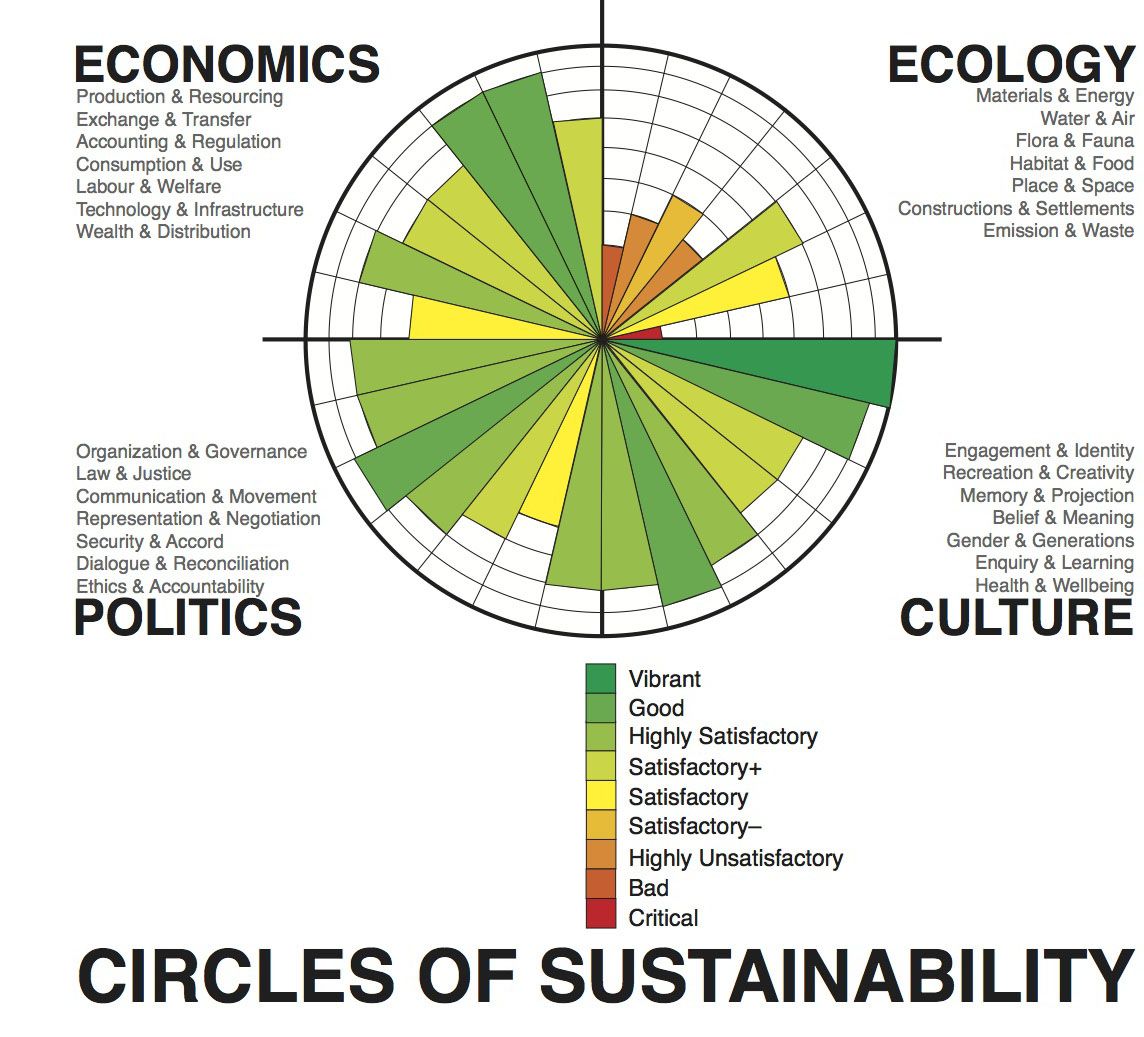Environmental social governance policy is a framework that companies can use to ensure that their practices are sustainable and have a positive social impact.
It is a way for businesses to take responsibility for their environmental and social impacts and to make sure that they are working to improve them.
Environmental social governance policy can help companies to:
- Make sure their practices are sustainable.
- Have a positive social impact.
- Take responsibility for their environmental and social impacts.
- Improve their environmental and social impacts.
Table of Contents
ESG policy is not just about compliance with environmental and social regulations. It is also about going beyond compliance to make sure that companies are doing everything they can to reduce their negative impacts and improve their positive impacts. When done right, environmental social governance policy can help companies to protect and enhance their reputation, build trust with stakeholders, and create value for their business.
The History of ESG
Environmental social governance policy is a relatively new concept that is still being developed and refined. However, the basic idea behind it is that businesses and other organizations have a responsibility to consider the social and environmental impacts of their actions and to make decisions that take those impacts into account.
The policy is based on the idea that businesses and other organizations are not only responsible for their own profitability, but also for the well-being of the communities and environment in which they operate. This includes taking into account the needs of future generations.
The concept of environmental social governance policy has its roots in the environmental movement of the 1960s and 1970s.
This was a time when people began to become more aware of the impact of human activity on the environment and the need to protect the planet for future generations.
One of the first major steps towards the development of environmental social governance policy was the United Nations Conference on the Human Environment held in Stockholm in 1972. This conference resulted in the adoption of the Stockholm Declaration which set out the need for nations to cooperate in order to protect the environment.
The Declaration led to the creation of the United Nations Environment Programme (UNEP) which is the UN agency responsible for coordinating international environmental activities. The UNEP has played a key role in the development of environmental social governance policy.
In 1987, the Brundtland Commission was established by the UN General Assembly to address the issue of sustainable development. The Commission’s report, Our Common Future, defined sustainable development as “development that meets the needs of the present generation without compromising the ability of future generations to meet their own needs.”
Our Common Future also set out the need for a shift in the way we think about development, from one that is purely economic to one that is also social and environmental. This shift was a major influence on the development of environmental social governance policy.

(Source)
The concept of environmental social governance policy has continued to evolve since the Brundtland Commission’s report. A number of international treaties and conventions have been adopted that set out the need for businesses and other organizations to consider the social and environmental impacts of their actions.
The most important of these treaties is the UN Framework Convention on Climate Change which was adopted in 1992. The Convention sets out the need for nations to take action to reduce greenhouse gas emissions and to adapt to the impacts of climate change.
The Convention led to the adoption of the Kyoto Protocol in 1997 which sets binding targets for developed countries to reduce their emissions of greenhouse gases. The Protocol came into force in 2005 and has been ratified by over 190 countries.
The UN Framework Convention on Climate Change and the Kyoto Protocol have been the main drivers of the development of environmental social governance policy.
A number of other international treaties and conventions have also influenced the policy, including the Convention on Biological Diversity and the Stockholm Convention on Persistent Organic Pollutants.
The environmental social governance policy is still evolving and there is much work to be done to ensure that businesses and other organizations take into account the social and environmental impacts of their actions.
However, the policy provides a framework for businesses and organizations to make decisions that are in the best interests of the planet and its people.
How Does Environmental Social Governance Work?
According to the World Commission on Environment and Development, environmental social governance is “the set of processes, institutions, and relationships by which societies at all levels of organization manage their affairs with a view to achieving sustainable development.”
In other words, it’s the way that we as a society manage our resources and make decisions in order to protect the environment and promote sustainable development.
There are many different aspects to environmental social governance, but one of the most important is the way that we make decisions about how to use our natural resources. This includes everything from how we extract minerals and oil from the ground to how we farm our land and chop down our forests. It also includes how we dispose of waste and how we generate energy.
Making decisions about how to use our natural resources is not always easy, and it often requires trade-offs. For example, we might want to extract minerals from an area in order to build a road or a dam but doing so could damage the environment. Or we might want to farm our land in a certain way but that might lead to soil erosion.
The goal of environmental social governance is to find the best way to balance these competing interests so that we can use our natural resources without damaging the environment or putting future generations at risk.
This is not always easy, but it is essential if we want to create a sustainable future for our planet.
Benefits of Implementing an ESG Policy
There is a lot of talk these days about the benefits of implementing an environmental social governance policy.
But what exactly is an ESG policy, and what are its benefits?
An ESG policy is simply a set of guidelines that a company adopts in order to be more socially and environmentally responsible. This can include things like reducing carbon emissions, using sustainable materials, or investing in renewable energy.
There are many benefits to implementing an ESG policy. For one, it can help a company save money by reducing its energy consumption and waste production.
Additionally, an ESG policy can help a company attract and retain customers and employees who are interested in supporting businesses that are doing their part to be more sustainable.
Finally, an ESG policy can help a company build its brand and reputation as a responsible and sustainable business.
This can lead to more business opportunities and partnerships down the road.
Why More Companies are Adopting ESG Policies
As awareness of climate change and social inequality increases, more and more companies are adopting environmental social governance policies. ESG policies are designed to address environmental and social issues in a way that is financially sustainable.
There are a number of reasons why companies are adopting ESG policies.
First, consumers are becoming more aware of environmental and social issues and are increasingly choosing to do business with companies that are committed to addressing these issues.
Second, ESG policies can help companies reduce their exposure to risk. For example, a company that adopts an ESG policy may be less likely to be sued for environmental pollution.
Third, ESG policies can help companies attract and retain talent. Young employees are more interested in working for companies that are committed to making a positive impact on the world.
Fourth, ESG policies can help companies improve their financial performance. A number of studies have found that companies with strong ESG policies tend to outperform their peers financially. This is likely due to a number of factors, including the fact that ESG policies can help companies reduce costs, attract and retain customers, and attract and retain talent.
There are a number of ways that companies can adopt ESG policies.
Some companies choose to adopt specific policies such as setting targets for reducing greenhouse gas emissions.
Other companies choose to integrate ESG considerations into all aspects of their business, from the way they source their raw materials to the way they treat their employees.
Whatever approach a company takes, it is clear that more and more companies are recognizing the importance of environmental and social issues and are taking steps to address these issues in a way that is financially sustainable.
FAQs About Environmental Social Governance Policy
What is a good ESG policy?
A good ESG policy is one that considers the environmental and social impacts of a company’s actions and aims to minimize negative impacts and maximize positive ones.
Such a policy should also take into account the interests of all stakeholders, including shareholders, employees, customers, and communities.
How do you implement an ESG policy?
- Define the goals and objectives of the policy.
- Engage stakeholders in the development of the policy.
- Incorporate ESG considerations into decision-making processes
- Implement policies and procedures to promote ESG best practices.
- Monitor and report on progress toward achieving ESG goals and objectives.
What are ESG examples?
ESG examples can include a company’s policies on climate change, human rights, employee relations, and environmental protection.
Conclusion
Environmental social governance policy is becoming increasingly popular among businesses because they offer a way to improve sustainability.
By definition, ESG policies consider the environmental and social impact of business decisions. This means that companies who adopt ESG policies take into account how their actions will affect things like climate change, employee well-being, and social inequality.
In other words, ESG is about more than just being “green” but about making sure that business practices benefit people and the planet in the long run.
{“@context”:”https:\/\/schema.org”,”@type”:”FAQPage”,”mainEntity”:[{“@type”:”Question”,”name”:”What is a good ESG policy?”,”acceptedAnswer”:{“@type”:”Answer”,”text”:”
A good ESG policy is one that considers the environmental and social impacts of a company’s actions and aims to minimize negative impacts and maximize positive ones.
Such a policy should also take into account the interests of all stakeholders, including shareholders, employees, customers, and communities. “}},{“@type”:”Question”,”name”:”How do you implement an ESG policy?”,”acceptedAnswer”:{“@type”:”Answer”,”text”:”
- \n\t
- Define the goals and objectives of the policy.\n\t
- Engage stakeholders in the development of the policy.\n\t
- Incorporate ESG considerations into decision-making processes\n\t
- Implement policies and procedures to promote ESG best practices.\n\t
- Monitor and report on progress toward achieving ESG goals and objectives.\n
- Define the goals and objectives of the policy.
- Engage stakeholders in the development of the policy.
- Incorporate ESG considerations into decision-making processes
- Implement policies and procedures to promote ESG best practices.
- Monitor and report on progress toward achieving ESG goals and objectives. “}},{“@type”:”Question”,”name”:”What are ESG examples?”,”acceptedAnswer”:{“@type”:”Answer”,”text”:”
ESG examples can include a company’s policies on climate change, human rights, employee relations, and environmental protection. “}}]}





